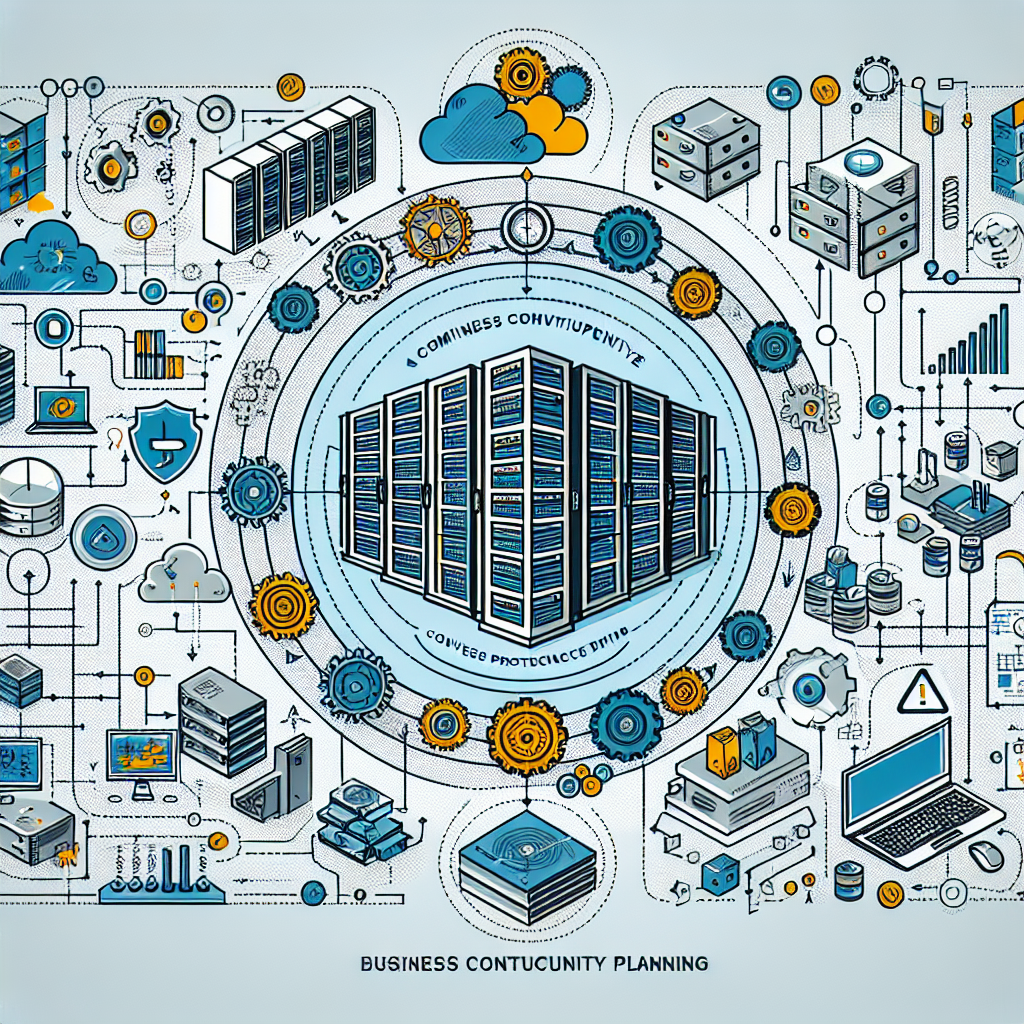Data centers are the backbone of modern businesses, providing the infrastructure needed to store and process vast amounts of data. With the increasing reliance on technology, ensuring the continuity of data center operations has become a critical concern for businesses of all sizes. However, maintaining business continuity in data centers comes with its own set of challenges.
One of the biggest challenges faced by data centers is the risk of downtime. Downtime can be caused by a variety of factors, including power outages, hardware failures, natural disasters, and cyber attacks. According to a survey conducted by the Ponemon Institute, the average cost of data center downtime is $7,900 per minute. This highlights the importance of implementing robust business continuity plans to minimize the risk of downtime.
Another challenge faced by data centers is the constant evolution of technology. As new technologies emerge, data centers must adapt to keep pace with changing demands. This can be particularly challenging for data centers that are running older infrastructure or have limited resources. Upgrading hardware and software can be costly and time-consuming, but it is essential to ensure the reliability and security of data center operations.
Data centers also face the challenge of ensuring data security and compliance with regulatory requirements. With the increasing threat of cyber attacks, data centers must implement strong security measures to protect sensitive data from unauthorized access. In addition, data centers must comply with regulations such as the General Data Protection Regulation (GDPR) and the Health Insurance Portability and Accountability Act (HIPAA) to avoid potential legal penalties.
Despite these challenges, there are solutions available to help data centers maintain business continuity. One of the most effective strategies is to implement a comprehensive disaster recovery plan. This plan should include measures for data backup and recovery, as well as protocols for responding to emergencies such as power outages or natural disasters. Regular testing and updating of the disaster recovery plan is essential to ensure its effectiveness in a crisis.
In addition to disaster recovery planning, data centers can also benefit from investing in redundant hardware and infrastructure. Redundancy helps to minimize the risk of downtime by providing backup systems that can quickly take over in the event of a failure. This can include redundant power supplies, network connections, and storage systems to ensure continuous operation of critical services.
Furthermore, data centers can improve their business continuity by implementing monitoring and automation tools to detect and respond to potential issues in real-time. Monitoring tools can provide insights into the performance and health of data center infrastructure, allowing operators to proactively address issues before they escalate into downtime. Automation tools can also help to streamline operations and reduce the risk of human error.
In conclusion, maintaining business continuity in data centers is essential for ensuring the reliability and security of critical business operations. While data centers face a range of challenges, there are solutions available to help mitigate risks and improve resilience. By implementing robust disaster recovery plans, investing in redundant infrastructure, and leveraging monitoring and automation tools, data centers can enhance their ability to withstand potential disruptions and ensure the continuity of operations.










